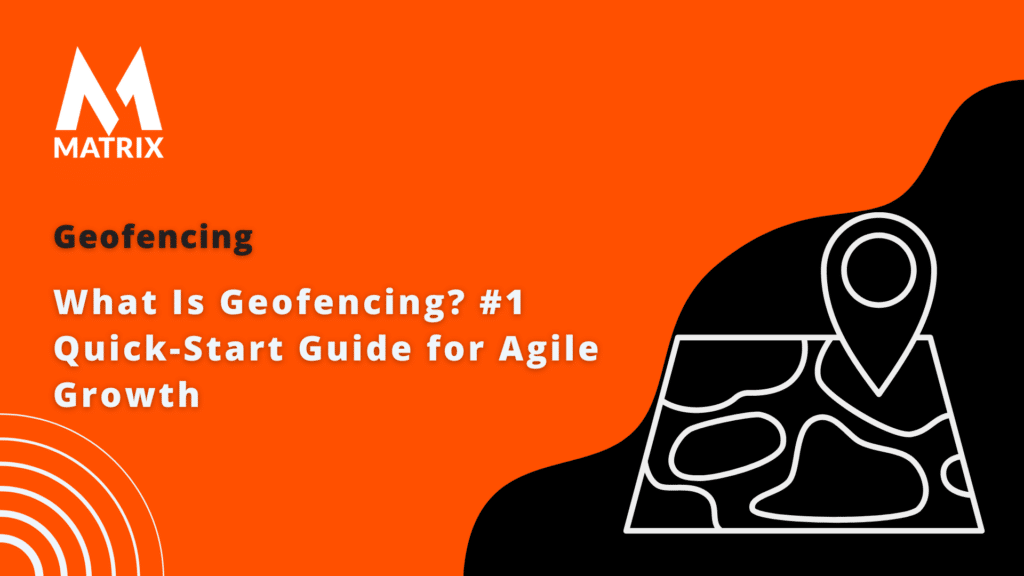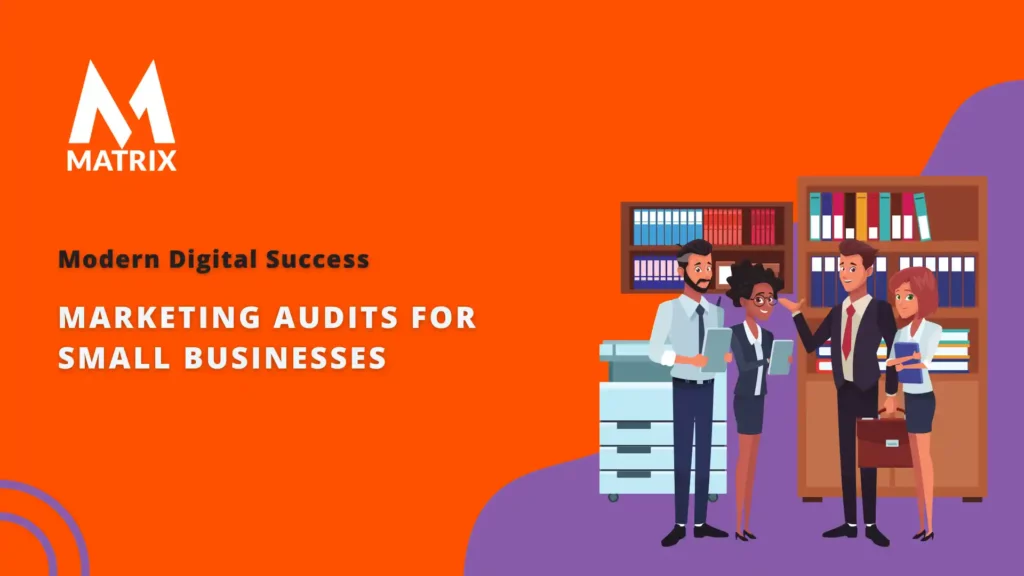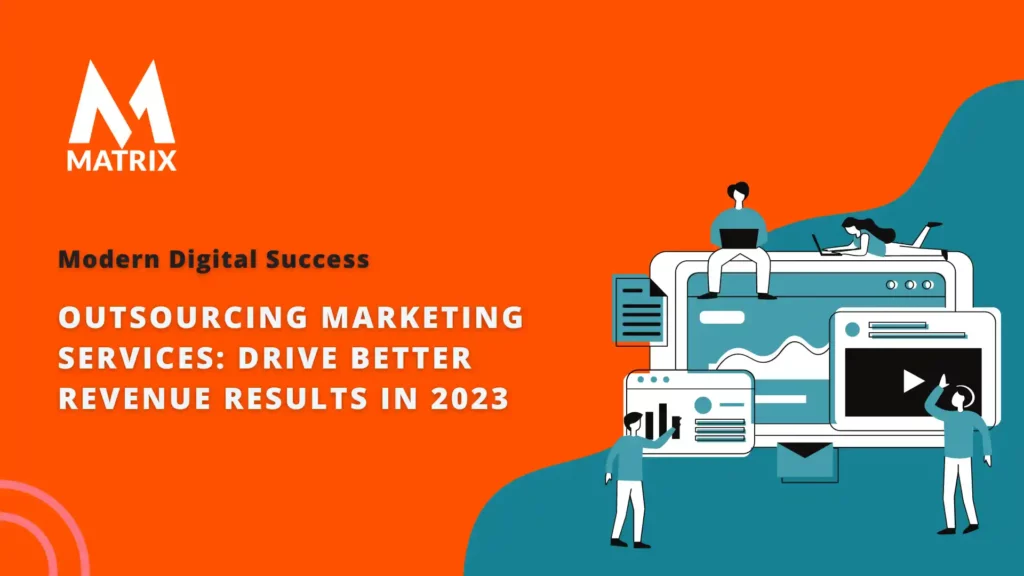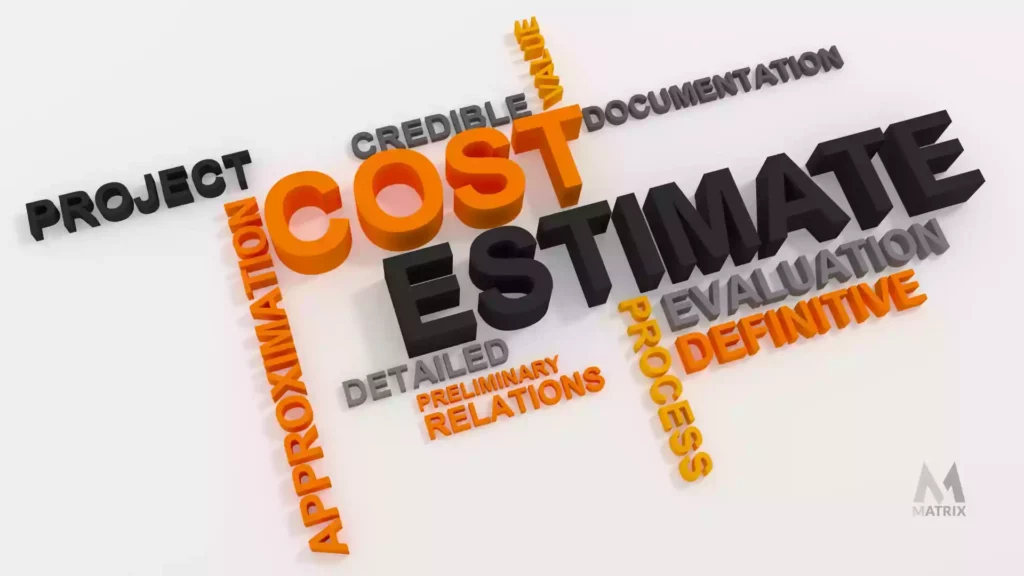How to use geofencing and location-based marketing to grow your business
Geofences are virtual boundaries that can send notifications or messages to people who enter or exit them.
If you have ever driven down a street and cannot tell where the ads are coming from, you’ve experienced geofencing. It will also show you how to use an AI-driven strategy and geofencing technology to build the best geofencing campaigns.
This article will explore how they work, why they’re becoming more popular, and what it takes to set one up for your business! But first. what is geofencing marketing? Geofencing marketing is a technology that uses location-based services to reach out to potential customers within a designated geographic area.
It works by creating an invisible fence around your desired target customers and sending out messages or ads when they enter the virtual “fence”. Geofencing is becoming increasingly popular as businesses aim to better reach their target audiences in a more targeted, effective manner. It is also becoming more cost-effective since businesses can avoid spending resources on campaigns that might not even reach their intended audience.
Setting up a geofencing campaign for your business can be done in just a few simple steps. First, you’ll need to identify the geographic area you’d like to target. Then, you’ll need to decide on your messaging strategy. Finally, you’ll design your ads and set up the necessary tracking tools. By using geofencing, businesses can greatly improve their marketing efforts in a cost-effective manner, while still reaching their intended target audience. Through careful analysis of data and insights gathered from geofencing campaigns, businesses can make informed decisions about their marketing strategies.
Geofencing is a new marketing tool that has been gaining popularity recently. Geofences are virtual boundaries that can send notifications or messages to people who enter or exit them.
Geofences can be used for many different purposes, such as sending an offer when someone enters a store, notifying customers of nearby events, and reminding them about something they left behind.
Geofencing is useful for brick-and-mortar stores because it allows businesses to connect with shoppers at the right time and place without being intrusive.
Location-based services also help retailers increase foot traffic and generate more sales opportunities.
What Exactly is Geofencing?
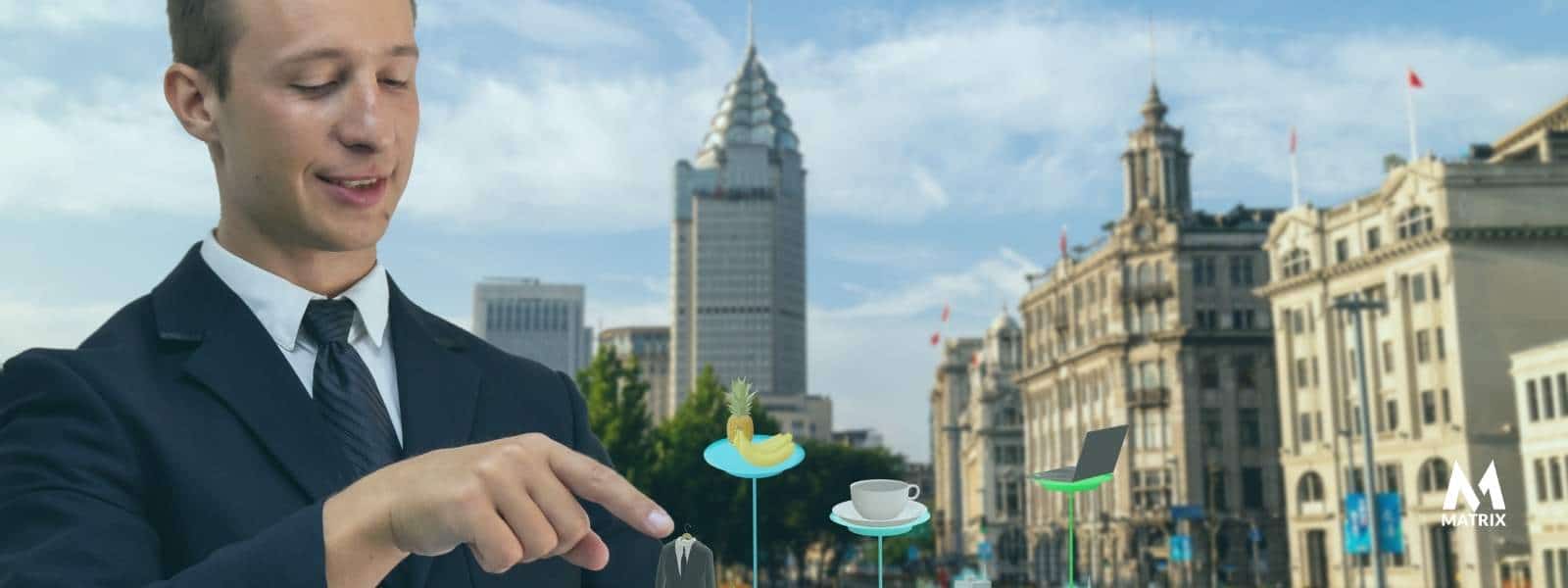
Geofences are often used for retail stores to have the right message come at just the right time.
Geofences can either be set up by businesses themselves or by marketers, depending on the purpose of the geofence.
Geofencing is triggered by location data collected over Wi-Fi, Bluetooth, GPS, and cell towers. Geofences are also useful for gathering data about how customers behave in stores. Geofencing has become increasingly popular in recent years due to advances in technology and marketing trends.
Geofencing has been around since 2007 when Skyhook Wireless created a system that could figure out where a person was by using cell towers.
Location-based services is dynamically updated and can send location-specific messages, coupons, and deals to people based on where they are.
Geofences can be set up around businesses or large events, such as music festivals or baseball games, to directly send information about those locations to devices.
How Geofencing Works

Geofences work by being added through a simple online interface that lets marketers and business owners create them around the location they want.
Geofences are created with a specific perimeter to send information about those locations to devices directly set up using GPS coordinates or an online map system.
Geofences also have certain ranges of an area that will trigger something to happen based on one’s proximity to it.
Geofencing works by notifying marketers when someone enters or leaves the geofence they’ve set up, which means they know whether or not their message reached people.
Geofences are also useful because marketers don’t have to use mobile data to work; sometimes, all Wi-Fi is enough to make sure that people receive messages without incurring additional charges.
Geofences can be set up to send out promotional messages when someone enters a certain location, meaning shoppers won’t have to wait until they get home before receiving their coupons and deals.
Location-based services are useful because they allow marketers to reach customers at the right time and place, leading to increased conversions.
Geofencing is also useful for stores because it helps track how long people stay in their stores and which departments they visit while shopping.
AIContentPad, an Artificial Intelligence-Powered Digital Content Platform
Imagine eliminating 65% of waste in your marketing programs – wouldn’t that be great?
What if you could generate content better, faster, and more affordable than ever before
AIContentPad is more than just another content tool. It’s a transformative, AI-driven platform designed to elevate efficiency, cut costs, and provide data-driven insights that can radically enhance marketing outcomes.
Geofences are particularly helpful for brick-and-mortar stores because they’re physical locations and, therefore, more apparent than virtual geofences.
Geofencing has become popular in recent years because it’s more affordable than ever, making it easier for companies of all sizes to take advantage of geofencing. Unlike retargeting ads or push notifications, geofences are also visible, which doesn’t always work.
Geofences target people at the right time and place without being bothersome; they send marketing messages only to nearby people instead of camouflaging them with an ad on a web page like other marketing strategies do.
Geofences have been used for many years because they’re affordable and visible, allowing companies of all sizes to use geomarketing.
Geofences are virtual boundaries that can be set up anywhere to send push notifications or messages based on one’s proximity to them. Geofences have become increasingly popular due to technological advances and marketing trends.
Main Benefits of Geofencing

Geofencing is a new marketing strategy that has become increasingly popular in recent years due to the affordability and convenience of the technology.
Geofences help businesses reach customers at the right time and place, increasing conversions, keeping them out of their spam filters, and providing visibility for physical stores.
Geofences are also more affordable than ever because technological advances make it easier for companies of all sizes to use this modern marketing strategy!
How Is Geofencing Being Used by Marketers?
Geofence marketing can be used in many different ways. Geofences can be set up to provide people when they enter or leave a location, which is very convenient for stores and other physical locations.
Geofences can also be set up to provide messages based on the customer’s proximity to the geofence. Geofences are an affordable and convenient way for businesses to use this modern marketing strategy.
Geofencing has become popular because it is more affordable than ever before. It provides customers with location-specific advertising instead of spamming them with advertisements everywhere they go online.
Geofencing is beneficial to customers because Geomarketing allows them to receive location-specific advertising. Location-based services provide companies with increased visibility for physical locations and the ability to target people at the right time and place instead of spamming everyone with ads no matter where they go online.
How do you Implement Geofencing into Your Marketing Strategy?
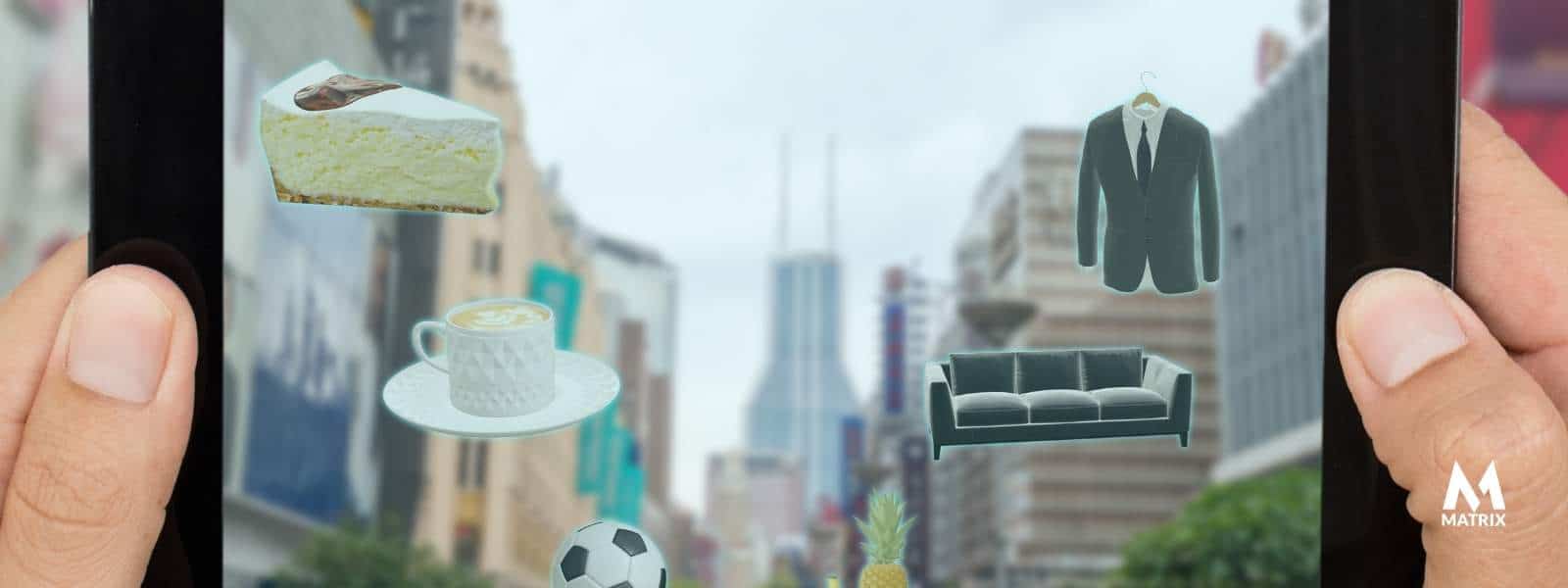
Geofencing might seem like a complicated concept. But it’s pretty straightforward to set up. Geofence your location and add your ad copy on Geofences by Geography. Geofencing helps you turn physical locations into digital ones so that when someone is at the location you specify, they’ll get alerted of an offer or opportunity on Geofences by Geography.
1) Geofence:
We’ll create a virtual boundary around your region to ensure you’re targeting only the local audience most likely to take action.
2) Geofences by Geography:
Geofences by geography is a geofencing service that can be used with location-based services to send notifications or messages to people who enter or exit a geographic area. For example, you can target specific consumers with location-based offers if they’re near one of your physical store locations.
3) Ad copy:
Place creative content on geofences by geography that stimulates action from consumers when they’re located inside a geofenced area.
When someone enters an area, geofences by Geography notify services, services notify customers within a geofence, and Geofences by Geography delivers your ad copy.
Why Is Geofencing Becoming More Popular?
Geofencing is becoming more popular because it allows targeting customers in a specific geographic area.
This gives brick-and-mortar companies an edge when taking advantage of nearby opportunities that their online counterparts might miss, such as foot traffic from tourists or nearby conventions.
The biggest benefit of geofencing is that it allows marketers to add another layer to their location-targeting strategies by combining physical store locations with digital space through Geolocation technology.
Geofencing also allows marketers to target their ads to the specific demographics they want in a certain area, giving them greater control over who sees their messages.

So, what does geofencing mean for marketers?
You can geofence any location and deliver relevant notifications to people who enter or exit those locations, including:
Retail Locations:
Geofencing a store location (or multiple locations!) allows you to stay top of mind with your consumers as they travel through geographical areas close to your business.
You can target promotions and ads inside your Geofenced area only – allowing you to deliver relevant content that will ultimately lead them back into your store!
Event/Conference Spaces:
If you’re hosting an event or conference, Geofencing the location will allow you to reach potential consumers in your Geofenced area and remind them of your upcoming event.
Commercial Spaces:
Suppose you own a commercial space such as a restaurant or real estate office. In that case, Geofencing can help increase foot traffic by sending notifications to anyone near the Geofence radius when it’s time for lunch/happy hour. And they’re likely in need of food or services! Our geofencing services and geofencing for marketing campaigns can help you target a more specific customer base and increase your revenues. Geofencing is an excellent way to reach close customers, and with Matrix Marketing Group, you can create the best custom geofencing strategy for your business. Contact us today to learn more about how we can help!
Schools/Campuses:
Geofencing locations that are friendly spaces for students (such as high schools) will let you deliver relevant messaging to consumers who enter and exit school campuses. This makes delivering relevant offers and content specific to students’ interests easier.
Tips For Geofencing Success

1) Geofence your store locations:
Geofencing can be extremely effective for brick-and-mortar companies because it allows you to target consumers in close geographical proximity to your business.
Geofencing a store location (or multiple locations!) allows you to stay top of mind with your customers as they travel through geographical areas close to your business – creating an automatic customer retention strategy!
2) Geofence event spaces or conference locations:
Geofencing a specific event space will allow you to reach potential customers in the Geofenced area and remind them of your upcoming event.
For example, if a real estate conference is happening nearby, Geotargeting targeted mobile notifications the day of the conference to geofenced people in the area.
3) Geofence your commercial spaces:
Geofencing a restaurant or other commercial space will give you another way to engage customers when they need your services!
Geofencing a commercial space has never been easier and with Geoservice’s integration options.
4) Geofence schools/campuses:
Geofencing specific school campuses will allow you to target potential students with messages based on their interests – making it easier than ever to deliver relevant offers and content specific to students’ needs.
With Geoservices integration capabilities, delivery is quick and easy so that you can reach relevant audiences within minutes. Geofencing schools is also a great strategy for reaching parents on their way to pick up their kids.
Get started with geofencing
Geofencing is a location-based marketing tool that lets you target people who enter or exit your designated geofence area.
Geofencing is an affordable marketing strategy because it allows businesses to save on marketing costs by spotting local traffic rather than spreading their message nationally.
Geofences can also be personalized with tailored messages for the Geofence, allowing you to send customized content (using push notifications) to geofenced visitors.
When Geofencing, fully explore what geofences are made of and how they can benefit your business. One important thing to note about geofences is that they must be within the app, and geofences need to be used on an app-based platform rather than the web.
Geofencing further requires that geofenced areas are mapped out before they’re implemented into marketing campaigns. Geofences should be customized for your business’s true needs and its target audience or demographic.
Businesses can also test geofences to determine which ones work best with their current marketing strategy using push notifications!
Geofences are completely customizable and can easily be removed if they aren’t working correctly or meet your specific expectations for identifying traffic in a particular area. This is why Geofencing has become so popular among businesses worldwide – because Geofences are targeted, effective, and affordable!
Examples of Geofencing
Geofencing is an affordable marketing strategy.
- Geofences can be personalized with tailored messages for the Geofence, allowing you to send customized content (using push notifications) to Geofenced visitors.
- Geofences should be customized for your business and its target audience or demographic.
- Geolocation-based marketing tools like Geofencing are targeted and effective ways of reaching potential customers in a specific area.
- With Geofences, there is no need to worry about driving down the street without knowing where ads come from. Businesses can easily identify traffic in a particular area using geolocation-based marketing strategies like geo-targeting and location targeting!
Examples of Geofencing tools and software
Geofencing is a Geolocation-based marketing tool that allows you to spot local traffic. Geoparking provides tools for geofencing as well as other geolocation-based tools.
Geoparking Geofence provides premium Geofencing solutions by focusing on Geolocation-based marketing, including geofencing solutions and location targeting.
Geoparking is also one of the few brands that offer push notifications and SMS capabilities to help drive more Google reviews with Geoparking’s Geoseeker GEO app.
Conclusion on geofencing
Geofencing is becoming more popular because it’s a great way to send location-based messages or notifications.
Geofences can be set up for marketing purposes, but they also have other uses, like helping law enforcement with surveillance and catching criminals committing crimes.
Geofences help businesses stay connected to their customers by sending them relevant information when they enter or exit certain areas around your business premises (or even near competitors).
Geofence technology has become so advanced that you no longer need an app on someone’s phone to track them; all you need is Wi-Fi!
If you want to learn more about geofence technology, contact us at +1 303-351-1645.
General FAQs
Geofencing – what is it?

Geofencing is leveraging location data to send relevant messages or offers to people near specific locations. Geofence examples range from sending special deals on hot dogs while someone is walking by a hot dog stand to noticing how often people visit your neighborhood coffee shop and sending them coupons.
What are the benefits of Geofences for businesses?

Geofences offer a creative and effective way to engage with locals without resorting to traditional out-of-home advertisements. Geofencing has been proven to be an effective tool for brick-and-mortar establishments looking for increased foot traffic and digital businesses trying to expand their reach. Geofence technology offers a powerful option for location-based marketing, and we’re just scratching the surface!
What is Geotargeting?

A quick word on Geotargeting: Geotargeting is the process of targeting specific locations or groups based on geographical data such as proximity longitude, and latitude. The simplest way to use geo-targeting would be by running ads only in certain neighborhoods you know your target customers live in–whether those ads run online.
Can geofences can be personalized with tailored messages?

Geofences can be personalized with tailored messages because Geotargeting is the process of targeting specific locations or groups based on geographical data such as proximity, longitude, and latitude. Geofences can send notifications or messages to people who enter or exit them. Geofence technology offers a powerful option for location-based marketing, and we’re just scratching the surface!

